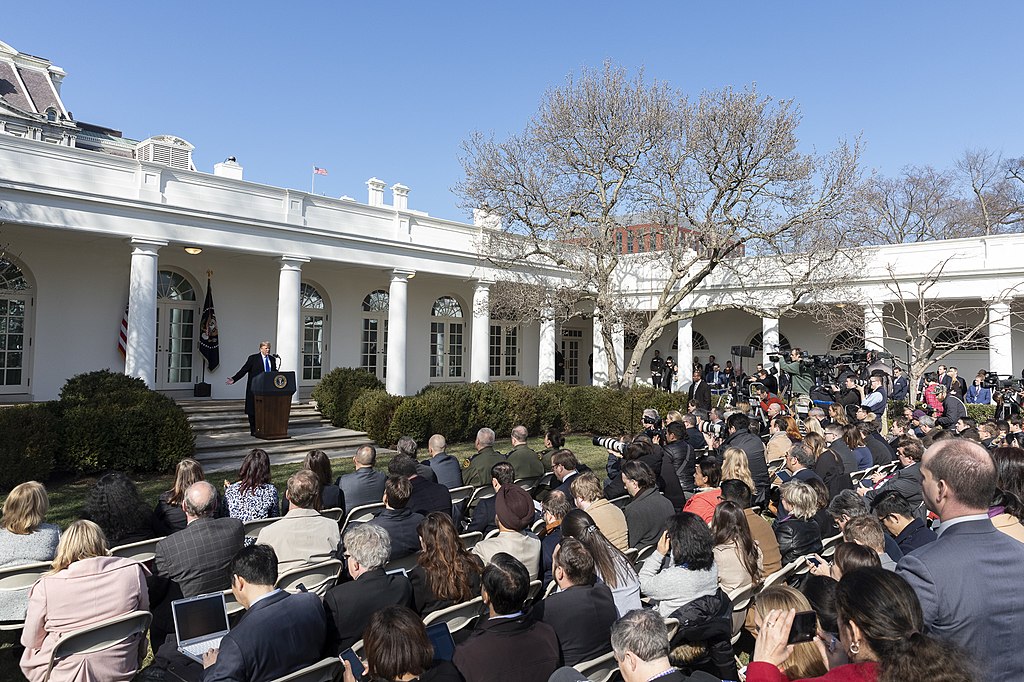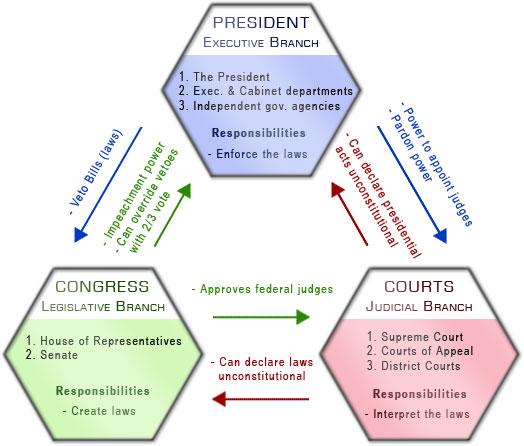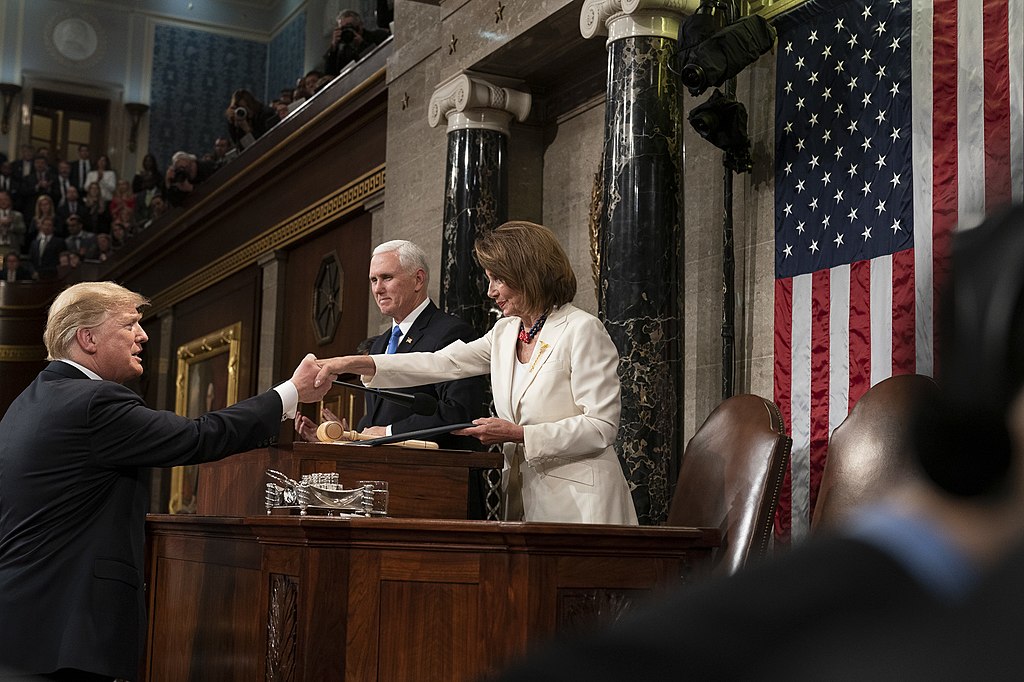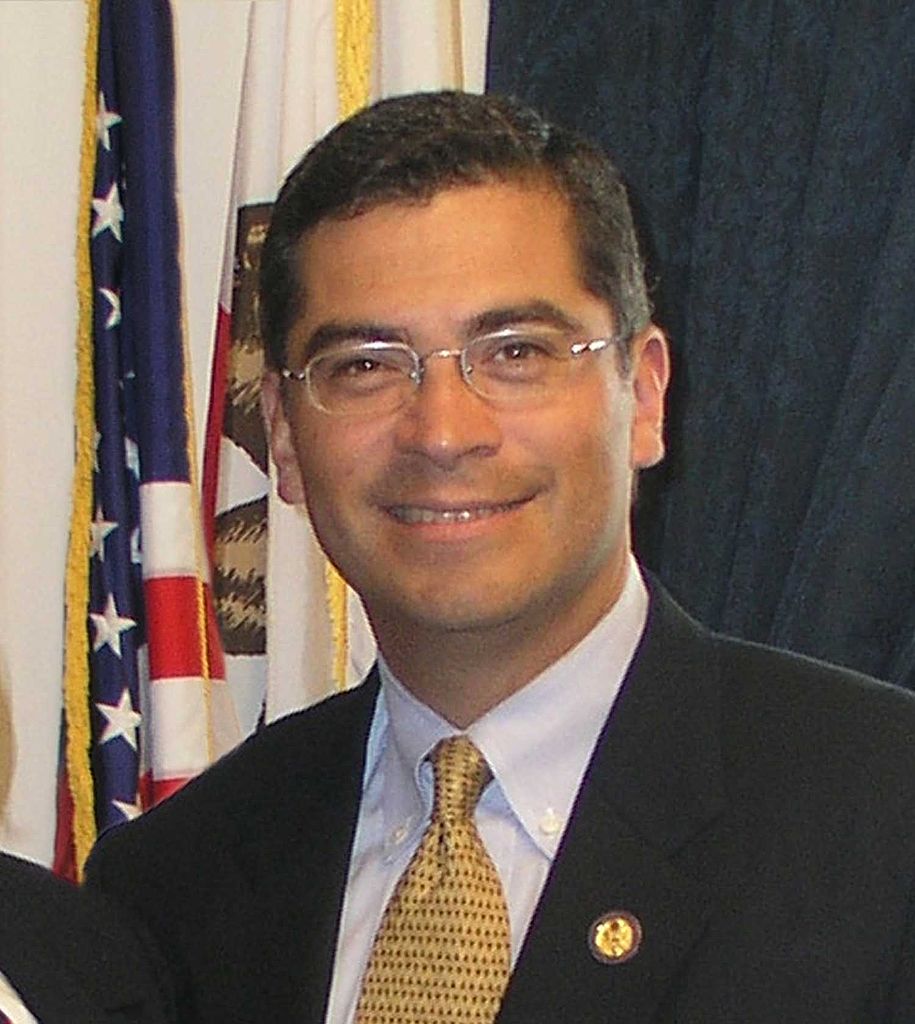Washington, DC, USA —(Map)
US President Donald Trump has declared a national emergency to get money to build a wall between the US and Mexico. This unusual move is testing the US system of government.
When Mr. Trump ran for president, he said he wanted to build a wall between the US and Mexico. In December, Mr. Trump shut down the US government as he tried to force Congress to give money for his wall. The 35-day shutdown was the longest ever, and was very unpopular. Mr. Trump finally ended it without money for a wall.

(Source: User Larsinio on en.wikipedia, via Wikimedia Commons.)
Now the president says there is an emergency at the border – the line that separates the US and Mexico. He says too many people are coming over the border without permission. It’s true that some people come over the border without permission, but the numbers of people doing this are going down, not up.
Even Mr. Trump seems to admit it’s not a real emergency. “I didn’t need to do this,” he said when he declared the emergency. “I just want to do it faster.”

(Source: The White House, via Wikimedia Commons.)
It’s unusual for a president to call an emergency when there’s no emergency. In the past, presidents have usually called emergencies for disasters or to deal with dangerous foreign countries.
Mr. Trump’s “emergency” is testing the US constitution. The constitution is like the rulebook for the country, guiding the way the government works. The constitution divides the government into three different sections, each with the power to keep the other sections under control.

(Source: By Viva La France! Support Our Revolution!, via Wikimedia Commons.)
The constitution says that Congress makes the laws and decides how money is spent. The president is supposed to carry out the laws. And the judges in the courts decide if Congress and the president are following the constitution.
Through his emergency, Mr. Trump hopes to take $3.6 billion from the army, and groups like it, to build his wall. To many people, it looks like the president is trying to take over one of the powers that belongs to Congress – deciding how to spend money.

(Source: The White House, via Wikimedia Commons.)
Congress is now responding to Mr. Trump’s emergency. Tomorrow, the House of Representatives will vote on a one sentence “resolution” that will end the emergency.
The resolution is expected to pass in the House. The Senate then has 18 days to vote on it. Though Mr. Trump’s Republican party controls the Senate, the resolution may pass there, too. Even some of Mr. Trump’s supporters think he is reaching too far this time.
Mr. Trump says he will veto (say no to) Congress’s resolution. Congress could “override” that veto, but that’s not likely. It takes even more votes to override a veto.

(Source: via Wikimedia Commons.)
Still, that’s not the end of the story. Mr. Trump’s move will also be challenged in the courts. Sixteen states are now suing the government over Mr. Trump’s emergency. There are also four other lawsuits about the emergency. But any action in the courts will take a long time.
A recent poll asking Americans about the emergency found 61% of the people against it, with 36% supporting it.
😕
This map has not been loaded because of your cookie choices. To view the content, you can accept 'Non-necessary' cookies.
